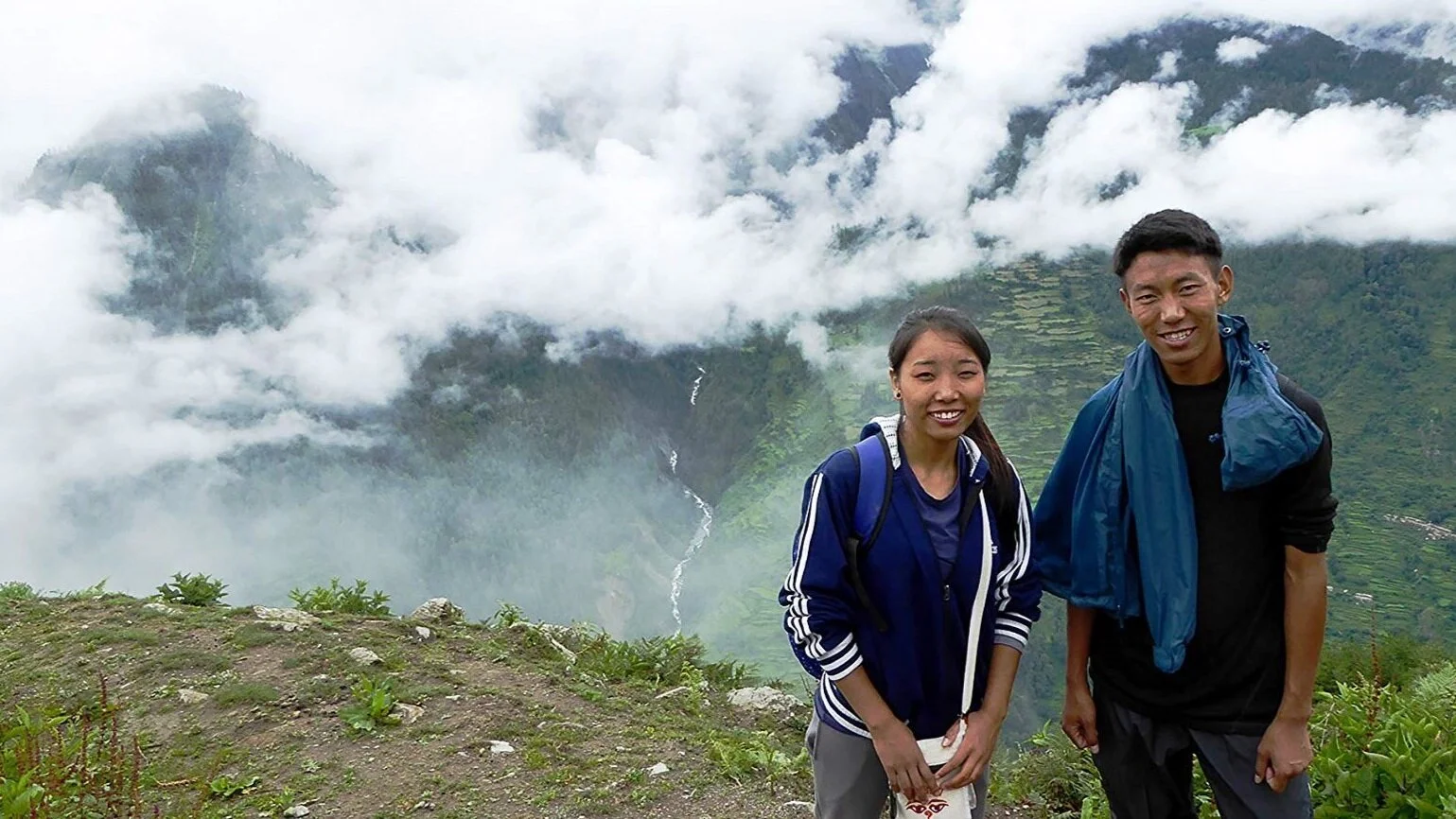Children of the Snow Land
An engaging study that works on several levels.
Nepal is a location rarely seen on our cinema screens but it is the setting for this appealing documentary filmed in the High Himalayas. The project undertaken by Zara Balfour and Marcus Stephenson appears very straightforward on the surface, but it's a work that satisfyingly achieves several aims and, as such, is more complex than might immediately be apparent. Its starting point is to stress how parents living in remote villages have to make a difficult choice: if they want their children educated and thus given a better chance in life, they must send them away with little chance of seeing them again for years. Having made that clear, the film looks at the Snowland Ranag Light of Education School in Kathmandu set up in 2002 specifically to look after the educational needs of such children.
All of this is covered in the first of five chapters and what follows shows how three of the school's teenage pupils were enabled to make the difficult journey home and to record on camera their visit over a period of three months. Each of the three pupils came from villages in different parts of Nepal, each one distinctive. Tsering Deki Lama is returning to her mother for the first time since leaving home aged four, while Jeewan Mahatara is able to reunite with his grandmother en route to his family home. Nima Gurung has a harder time of it since his village, Shimen, is both the most distant and so high up that the route to it is hazardous - furthermore his hopes of seeing his only surviving parent (his mother had died shortly after his birth) are thwarted.
Here too the multiplicity of aims remains. On the one hand, the three intercut journeys are personal narratives that involve us on that level as each traveller in turn is heard so that we share their thoughts. But Children of the Snow Land is also a comment on both the drawbacks and the merits of life in the villages where to a great extent primitive conditions persist. If each area has its own character, the burden placed on women comes across as still firmly in place in Nepal. Add that the film also showcases the beauties of nature in the various regions and it is clear how many aspects needed to be covered. It's possible that the material might have gained from being given more breathing space, as would have resulted if it had been presented as a series of programmes on television. However, in contrast to the recent H is for Harry which for all its good intentions became entangled in its differing aims, this film is far more dexterous in fitting everything together meaningfully (it is, for example, fully informative about the school in Kathmandu to which we return for the film's closing scenes). We get to know well each of the three central figures while also taking aboard the more general and diverse aspects of life in Nepal captured here.
MANSEL STIMPSON
Featuring Nima Gurung, Tsering Deki Lama, Jeewan Mahatara, Sangpo Lama, Guru Rinpoche.
Dir Zara Balfour and Marcus Stephenson, Pro Zara Balfour and Marcus Stephenson, Diary Camera The three featured pupils and others, Stills Ph Mark Hakansson, Marcus Stephenson and Zara Balfour, Ed Graham Taylor, Music Chris Roe.
Mayfly TV Ltd/Picture on the Wall Productions Ltd-Dartmouth Films.
97 mins. UK/Nepal. 2018. Rel: 14 March 2019. Cert. PG.


